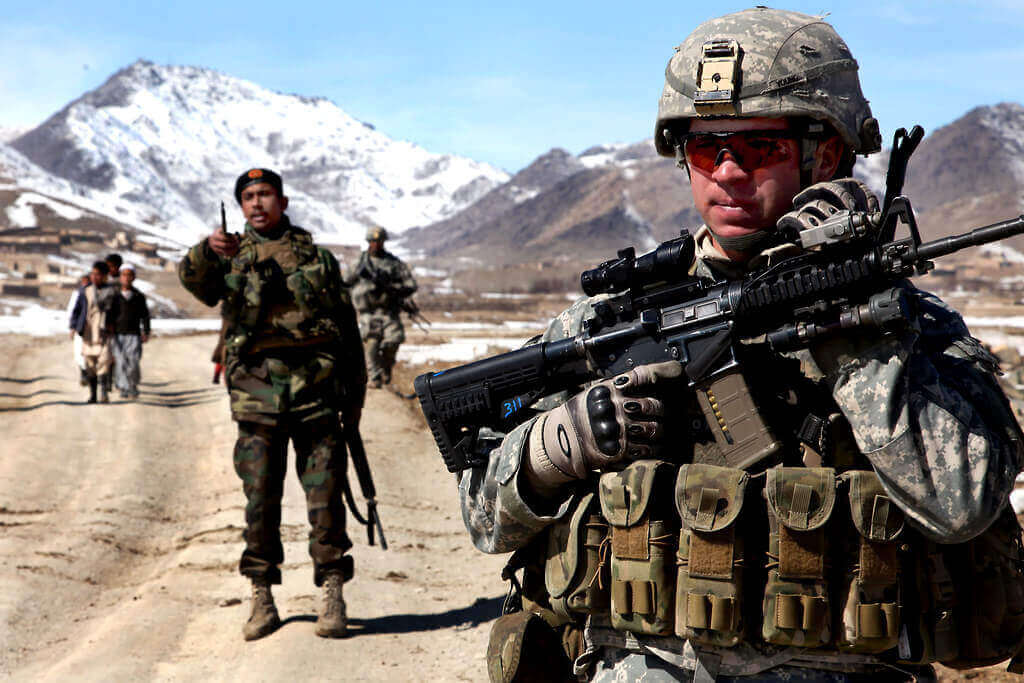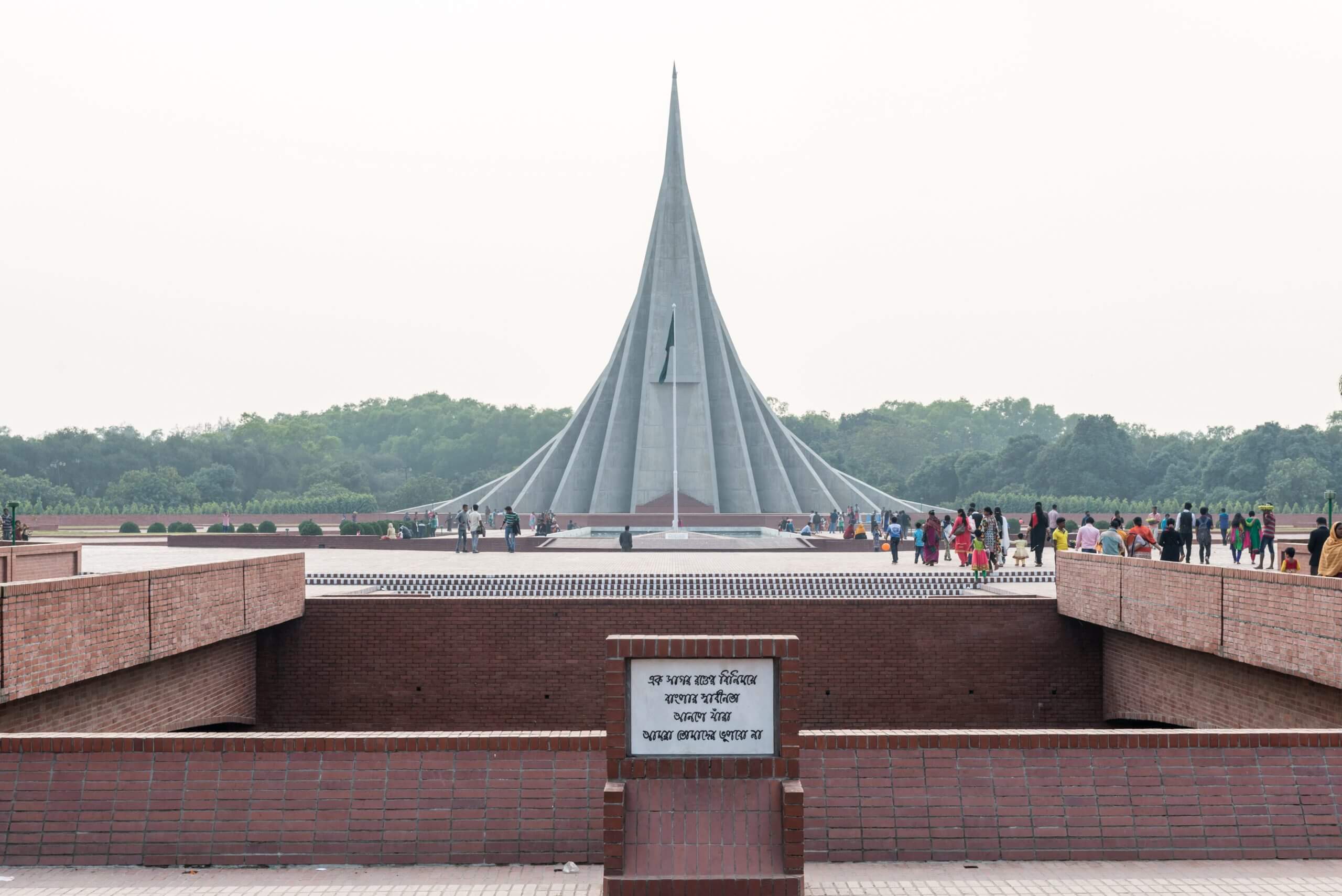
Lessons: 9/11 and SARS2
Tue, 25 May 2021 | Reading Time: 7 minutes

Lessons: 9/11 and SARS2
It would be a difficult task to judge whether Angela Merkel or Henry Kissinger echoes the Chinese Communist Party (CCP) line more faithfully. The country that Merkel leads gets a substantial surplus from its trade with China, although the CCP is working hard to ensure that this gets converted into a deficit with China within a few years, through copying and improving German technology. Henry Kissinger has moved far in wealth from his childhood history of privation, and much of this is owing to moneys earned through the PRC. A grateful CCP favours him for quickly backing President Nixon in his outreach to the PRC against the USSR. He has long served as a gateway to policymakers in Beijing owing to his status as the most respected informal ambassador of the Peoples Republic in the US. Even in the Trump administration, which initiated a number of fireworks displays to appease the growing number of domestic voters who are awake to the danger to US primacy posed by Beijing, key elements such as Senior Presidential Advisor and the country’s First Son-in-law Jared Kushner were in thrall to the ideas floated by Henry.
When Kissinger made his infrequent visits to India, despite his history of Indo-phobia, the country’s elite fawned over him as it did another Indo-phobe, Bill Clinton. Except for the final months of his stay in the White House, Clinton applied constant pressure on India to make concessions on strategic defense capabilities and on issues of sovereignty, and belittled India’s potential as a partner of the US while exaggerating the benefits of boosting the PRC, through for example opening wide the high technology tap and ensuring its admission to the WTO. It need hardly be mentioned that in line with the settled Lutyens Zone policy of ignoring the interests of friends while pandering to the demands of foes, among the most vociferous supporters of such an entry into the WTO was India. This was just another link in the long chain of unilateral favours done by India to China that was reciprocated in reverse gear, the latest being the February withdrawal of the Indian Army from the Kailash heights. As is commonplace in the Lutyens Zone, any individual who counseled against such a move was ignored within the bureaucracy as “alarmist” or as a “conspiracy theorist”, despite proving correct time after time.
If the virus that made its appearance from Wuhan made 2020 less than a good year, 2021 is unlikely to be much better, and not simply because of the aftershocks caused by SARS2. To the good luck of enemies of India, the country was hit by a second wave just when livelihoods were recovering from the shocks they were subjected to in the recent past. It could be bad luck or more of there were to be a third wave that lasts early into 2022. A lingering pandemic would douse much of the enthusiasm for India among global investors may be at risk. Those looking after policy in India need to factor in the fact that the CCP Central Military Commission (CMC) appears to be in the driver’s seat within the PRC where policies relating to India are concerned. This institution, certainly since the takeover of the CCP by Xi Jinping in 2012, appears to have bought into the false hypothesis peddled by its “all-weather” ally GHQ Rawalpindi. This is that India is a fragile state, and that a combination of kinetic and asymmetric action has the capability of pushing the country into meltdown. To assume that efforts are not being made across several fronts to carry forward such a process would be an error. India is too strong and the social cohesion and economic resilience of the country too firm for such efforts at engineering disaster to succeed, but smart policy is needed to ensure that the effects of such efforts by the GHQ-CMC combine are kept at low intensity and finally eliminated altogether.
Economics is at the core of security, and agencies tasked with the protection of the 1.38 billion citizens of India need to be aware that from February 2021, entities linked to China have sharply increased their purchases of food items on international commodity markets, including food grains and pulses. Should there be a shortage of such items in the coming period in a country as populous as India, international prices are likely to be much higher than formerly because of such unusual increases in purchases from China. This will have an impact on prices, a key factor in societal stability, especially in a period of tough economic conditions. Some social media handles created for the purpose on “Right” and “Left” are being used by hostile actors to amplify voices in the US and India (besides other countries) to sharpen the divide between the fringes of debate and which constrict the middle ground that is the bedrock of societal stability. Sending some from a particular fringe to prison in some states and some from the rival fringe in states run by opposing parties is hardly a solution. What is needed is to identify and defend against planned efforts (internal and external) at causing division within the population of the country. We have, as a country, common interests and face common threats, and these need to be confronted united. This, for example, has been the ethos in the armed forces. Whether on a land border that GHQ-CMC constantly seeks to shift to the detriment of India or the conflation by misdirected elements of the global media of the actions of a few from the lunatic fringe of Indian society as representing the actions of the billion-plus Hindus of India, that the country is under fire is obvious. What is needed is an achievable and consistent strategy that draws not just on India’s resources but on that of present and prospective allies facing a similar threat.
Unfortunately for the democracies, as took place in internally democratic countries in Europe in the 1930s, policymakers in several countries seem at present unaware of the extent or even the nature of the threats they are collectively facing. At a time when 9/11 took place with assistance provided from within Pakistan (that “Iron Ally” of the PRC), President George W Bush was focusing on the challenge (it had not yet developed into a threat) faced by Washington from Beijing. Once the New York twin towers went down and a section of the Pentagon in Washington crumbled, China morphed in the minds of US policymakers from a future challenge to an essential partner in the present. Serial errors made by the Bush-Cheney duo ensured that victory was converted into defeat, culminating in the surrender last year of the Trump administration to the Taliban. Now the flare-up in Gaza has been put into the spotlight, displacing much of the coverage of SARS2 and its origins. It was fortunate for the PRC that 9/11 shifted the spotlight of the Atlantic Alliance from East Asia to South Asia and the Middle East at the start of the 21st century.
Since last year, mutations of the virus which appear to have a common genomic root to the original variant have appeared across the world, and promptly been labeled with country-specific names by international media in a manner that they have hesitated to do in the case of the virus that began its trajectory in Wuhan. Once again, when questions were rising about the activities of the PRC across several parts of the world, violence erupted in Palestine and Israel. As in the past, these have shifted the focus away from China. Such coincidences been extremely fortunate for the Chinese leadership.
There appears to be a method in the manner in which the CCP has been cultivating the Wahabbi International. In the early part of the 20th century, Wahabbis were used by Britain to dislodge Turkey from the oil-rich locations of the Middle East. Subsequently, they came in handy for the Atlantic Alliance to fight back the tide of Arab nationalism championed by Gamal Abdel Nasser and Ahmed ben Bella. In the 21st century, Wahabbis have found a new champion in China, which has not flinched from protecting even declared terrorists in the UN Security Council on the urging of GHQ Rawalpindi. Under President Erdogan, Turkey has joined Pakistan in its embrace of Wahabbi (as distinct from pure Muslim) principles. Ankara (which NATO has still not found the courage to call out) has joined Rawalpindi in its allegiance to Beijing. The Sino-Russian alliance has in the Wahabbis a formidable diversionary force that can draw the attention of its geopolitical rivals away from, possibly enough to attempt a takeover by force of Taiwan, or a further kinetic expansion into Indian, Nepalese and Bhutanese territory in the Himalayan massif. Or ensure through military means that a chokehold gets established throughout the South China Sea such that vessels can move along these waterways only with the consent of the PLA. Or any two or all three of the above. Each such outcome would be a collective defeat for the democracies, which is why they need to be battled united. In the meantime, fringe elements continue to grow throughout the Atlantic Alliance and in India, roiling the social climate in these countries and affecting economic sentiment. Much greater effort needs to be made in “tracking, tracing and eliminating” the sources of funding for the violent protests that are being witnessed in several parts of the world, including against Muslims, Christians, Jews and Hindus. Given the rival geopolitical interests involved, expectations of a “peace breakthrough” in the Middle East seem difficult to justify.
The good news is that US President Joe Biden seems to have understood from the example of his immediate predecessors that the diversions that are dominating media space should not distract his attention from the primary challenge facing his country, which is China. Efforts are being made to weaken him, for example by ensuring the defeat of his $2 trillion stimulus package by those who fail to understand the gift that they are bequeathing to the Sino-Russian alliance through such a weakening of the US administration.
Southeast Asia, India, the GCC and the Atlantic Alliance need to come together to overcome the threats facing them in a manner that Europe and North America delayed doing in Europe during the 20th century until it was too late to prevent two devastating conflicts ( 1914-18 and 1939-45).
Author

Prof MD Nalapat, Strategic Expert. His latest book, on “Foreign Policy for India in the 21st Century”, will be brought out by the close of the year.
Disclaimer
The opinions expressed in this article are the author’s own and do not reflect the views of Chanakya Forum. All information provided in this article including timeliness, completeness, accuracy, suitability or validity of information referenced therein, is the sole responsibility of the author. www.chanakyaforum.com does not assume any responsibility for the same.
Chanakya Forum is now on . Click here to join our channel (@ChanakyaForum) and stay updated with the latest headlines and articles.
Important
We work round the clock to bring you the finest articles and updates from around the world. There is a team that works tirelessly to ensure that you have a seamless reading experience. But all this costs money. Please support us so that we keep doing what we do best. Happy Reading
Support Us
















POST COMMENTS (3)
Sanjay Kumar
Aman Raj Yadav
Tejas Patadia